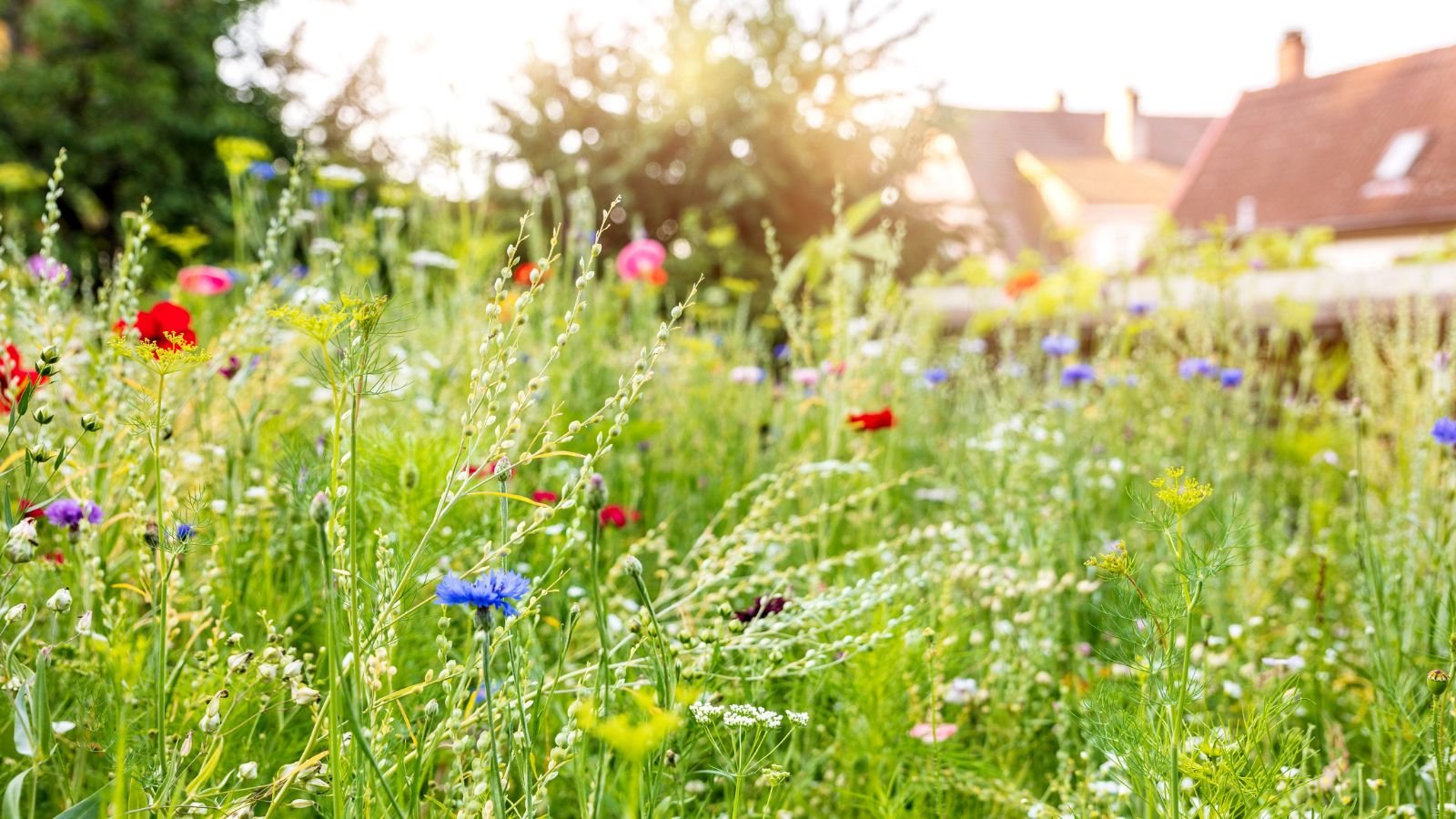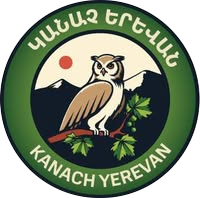Lawns for Yerevan
Published on 2025-09-22Dusty wastelands and mud on the sidewalks are not what Yerevan deserves. We can change this by replacing "overgrown plots" with modern natural meadows — beautiful, economical, and beneficial for the ecosystem. Our ultimate goal is for the city services to adopt this approach as the new standard for landscaping.
But for that to happen, we first need to show that it works and that residents like it. This page is your starting point. Here you can download the complete guide to learn all the details, or go straight to the action plan and help us create the first successful examples in Yerevan.

How to help
For city services and administration
You manage the city's largest resources and can initiate systemic changes. Natural lawns are not an additional expense, but a tool to solve existing problems: reducing maintenance costs, combating dust, mud, and the consequences of downpours.
-
Study the economics. Read the complete guide (PDF). It includes calculations for reducing mowing and watering costs, and savings on fertilizer purchases. This is a direct optimization of your budget.
-
Launch a pilot project. We are not calling for the entire city to be redone tomorrow. Select one park, square, or street for an experiment. We are ready to help as experts and show how to turn a problem area into a model one.
-
Contact us. We (Kanach Yerevan) are ready to provide a free consultation, help with adapting seed mixes for our climate, and speak at meetings to justify this approach.
For businesses
For you, a natural lawn is not only a saving, but also a powerful image tool. The area around your cafe, office center, or new residential complex is your business card.
-
Increase attractiveness. A flowering meadow instead of burnt grass is beautiful. It attracts customers, increases loyalty, and creates a comfortable environment for your employees. This is your contribution to ESG and the "green" image of the brand.
-
Create your own "green" success story. Take a piece of land for which you are responsible and turn it into an oasis. It is easier and often cheaper than laying turf, which requires constant care. Our PDF has all the necessary information. If you have any questions, contact us, we will help.
-
Tell about it. Take a "before" and "after" photo. Write about it on your social networks. We, in turn, will be happy to tell about you as the first responsible business that has implemented this technology.
For residents and activists
Your strength is in creating a "bottom-up" demand and personal example. The best way to prove that people need this is not to enter into long approvals, but to just take and make a small model plot with your own hands.
-
Choose a plot. Start with a small but noticeable empty space in the yard. This is your future success story that all the neighbors will see.
-
Find the seeds. You need a mix for a meadow lawn. On marketplaces, you can find it by searching for "Moorish lawn" or "alpine meadow". For 10 m², you will need 30-50 g of seeds.
-
Prepare the soil. If there are single weeds or grass, remove them. Loosen the soil with a shovel, rake, or dutch hoe.
-
Sow and water. If there are few seeds, mix them with sand in a ratio of 1:10+ for even distribution. Sprinkle the mixture evenly on the ground and lightly tamp it down so that the seeds do not fly away. At first, water the plot with a watering can with a diffuser so that the seeds are not washed away. After the emergence of seedlings, watering can be reduced, and a hose can be used.
